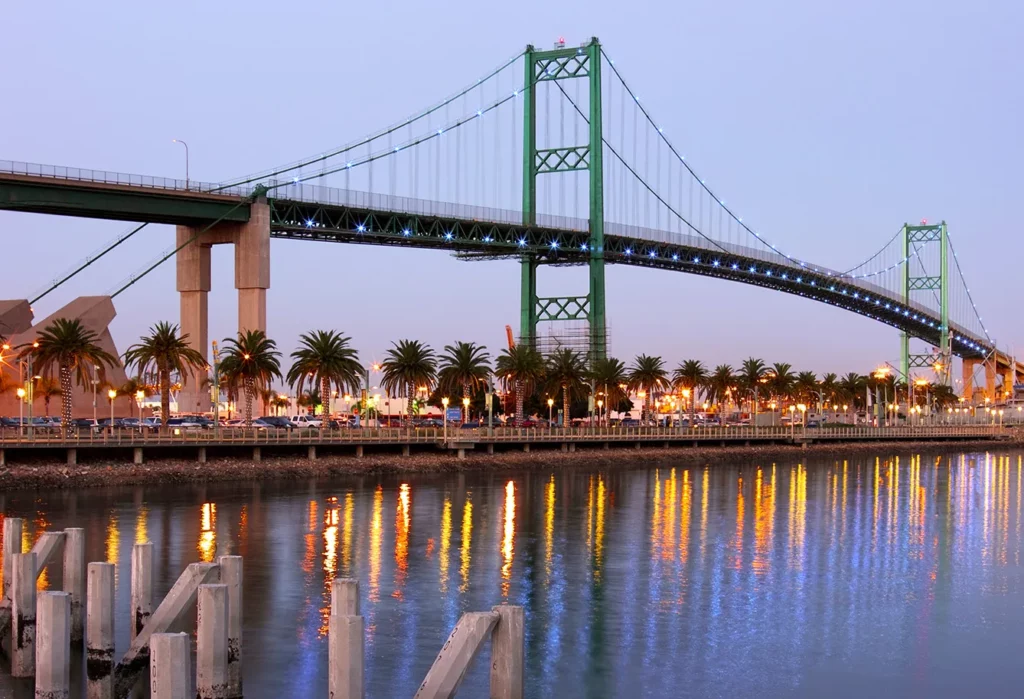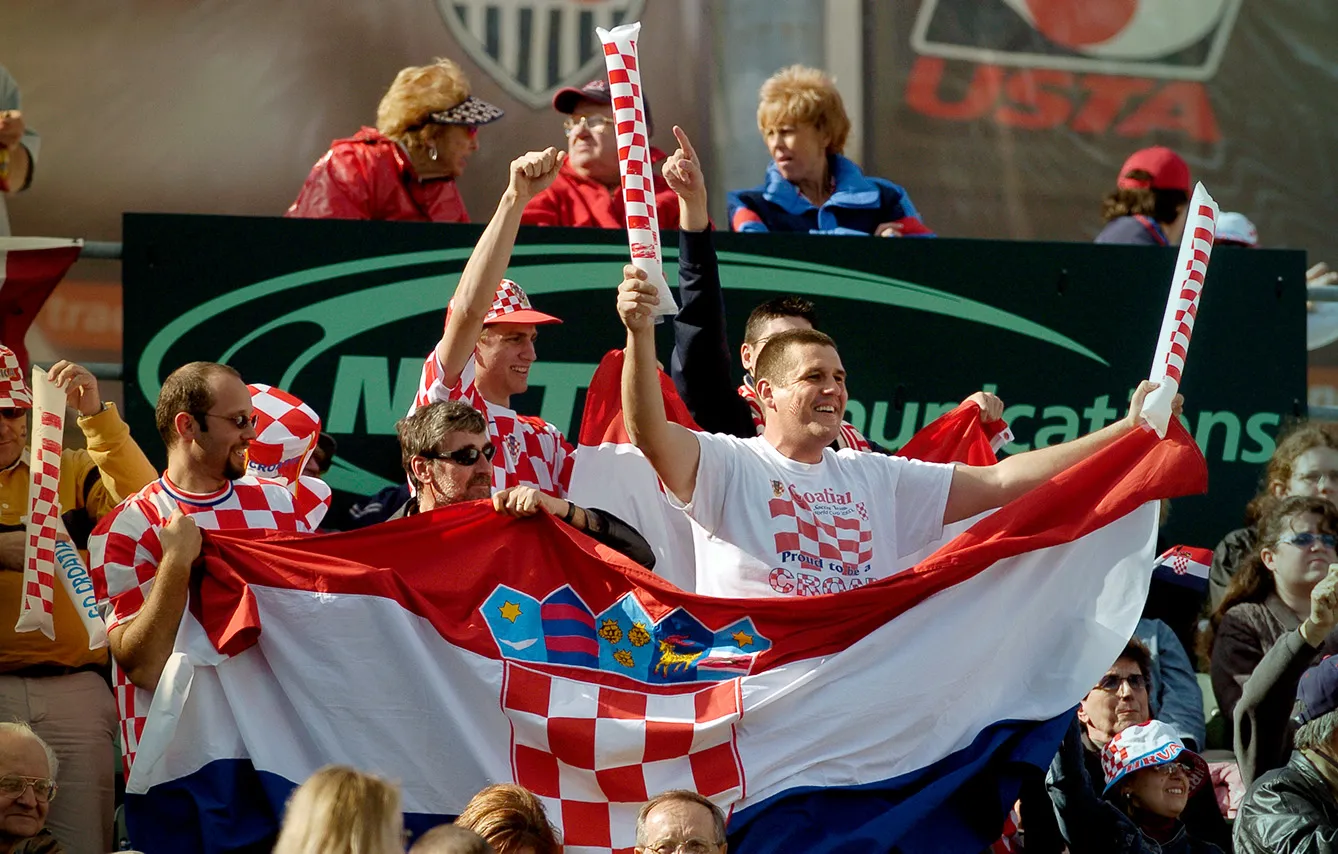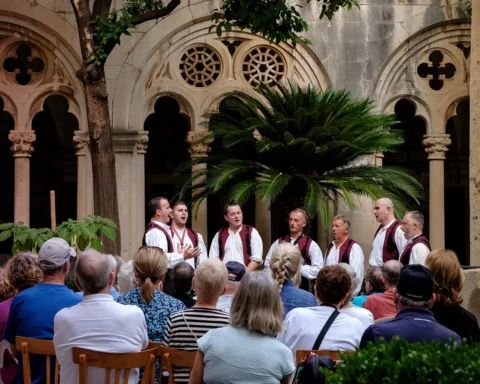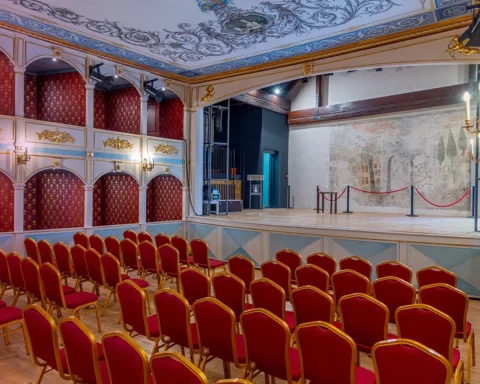Dalmatia, today the most famous Croatian tourist region, was the poorest region of the former Austro-Hungarian Empire at the end of the turn of the 19th century. Poverty was brought about by phylloxera, the disease of the vines. Needless to say, it consumed many vineyards in this region. What does this have to do with Croats in San Pedro? Well, after the destruction of viticulture, many Dalmatians were left without any income and started emigrating to find work. The final straw was the deal between Italy and the Austro-Hungarian Empire that named the former country the official supplier of seafood (until then, seafood was imported from Dalmatia). So not only the winemakers but even the fishermen lost their jobs.

Why did evicted Croats choose the area of San Pedro for their new home? When you take a look at the geographical atlas, you can see that both Dalmatia and California have a Mediterranean climate, access to the sea, and similar relief and pedological characteristics. Additionally, the peak of the agricultural revolution in California in the 1900s was also tempting newcomers since every helping hand counted, creating an abundance of workplaces. At that time, the United States allowed for large-scale immigration, so it was a true no-brainer. Fishermen settled particularly in the then-small fishing village of San Pedro. The winemakers chose more inland Californian locations.
San Pedro, The Croatian Los Angeles
In total, there are more than 20 communities of Croats in different American cities, numbering about 414,000 migrants, of which about 45,000 live in California. However, the community in San Pedro is special because, in that small town, the Croatian community lives in one area without being scattered around the whole city. In particular, Croats participated in the development of that city from its very beginnings, while they came to other cities as settlers.
At the beginning of the 20th century, almost every third resident of San Pedro came from the Croatian islands of Brač, Vis, Hvar, and Korčula. Now you might be wondering if the Croats were better off in that fishing town in a country they didn’t know than in their homeland. In the beginning, it was almost as difficult for them as in Dalmatia because the Pacific Ocean is a little different for fishing than the Adriatic, but in the 1920s, San Pedro experienced a strong development as a port for the US Navy.
Then the immigrant Croats wrote to their compatriots in their homeland to join them, and within a few years, the Croatian emigration reached the number of around 30,000 people in the suburbs of Los Angeles. That number of inhabitants has remained stable to this day.
Did Croats also contribute to the development of San Pedro? Numerous athletes, actors, and members of the public life of this small town have roots in Croatia and Dalmatia, and some still bear Croatian surnames. Probably the most famous Croat from this suburb is Vincent Tomašević, (or Vincent Thomas, as he is known in English), who represented San Pedro in the 1940s in the California State Assembly. He, for years, lobbied for a bridge to be built between the port terminal and San Pedro. When the bridge was finally constructed, it was given his name. Moreover, in honor of all Croats, the Los Angeles assembly named part of Ninth Street in San Pedro Croatian Place.
Croats have been emigrating to overseas countries for centuries because of the dire situation in their homeland, but in San Pedro, as compared to the rest of California, they were by far the strongest in their numbers. There they developed fishing techniques and had several fishing factories. Also, during the entire history of immigration in San Pedro, Croats were cared for by two associations: Croatian-American Club and Dalmatian-American Club. The associations have remained active to this day and cultivate Croatian identity.







